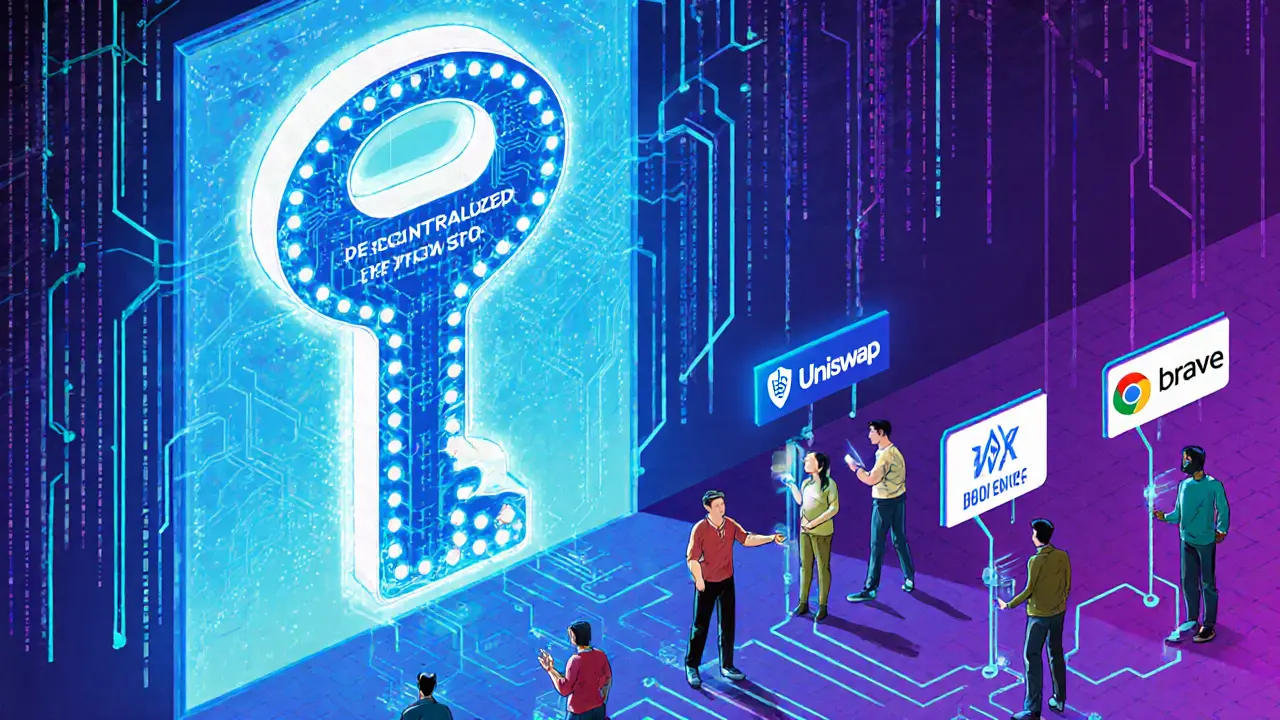Tokenomics Explained: How Token Design Shapes Crypto Value
When you buy a crypto token, you’re not just buying a number on a screen—you’re buying into a tokenomics, the economic design of a cryptocurrency that defines how tokens are created, distributed, and used. Also known as token economics, it’s the hidden blueprint that determines whether a coin rises or collapses. Most people chase price charts, but the real story is in the numbers behind the token: How many exist? Who holds them? Are they locked? Are they burned? These aren’t just technical details—they’re the difference between a meme that vanishes and a project that lasts.
Good tokenomics doesn’t rely on hype. It’s built on balance. Take token supply, the total number of tokens ever created or that can ever be created. A fixed supply, like Bitcoin’s 21 million, creates scarcity. A burning mechanism, like Binance Coin’s quarterly burns, reduces supply over time to boost value. On the flip side, a token with unlimited minting and no vesting schedule—like many low-effort meme coins—has no real economic foundation. Then there’s token distribution, how tokens are handed out to founders, investors, and the public. If 40% goes to the team with no lock-up, expect a dump. If it’s spread across stakers, liquidity providers, and early users, it’s more likely to hold value.
And don’t forget incentive structures, the rewards that keep people using and supporting the token. Staking rewards, liquidity mining, governance rights—these aren’t just features. They’re economic levers. Projects like Solana’s SPL tokens or DeFi protocols use them to align user behavior with network growth. But when a token offers 1000% APY with no clear revenue model, it’s not innovation—it’s a Ponzi dressed in blockchain code. The posts below dig into real examples: from the 10-trillion supply of Wise Monkey to the shaky tokenomics of SPURDO and CHILI. You’ll see how token design either builds trust or invites disaster. Whether you’re checking a new airdrop, evaluating a DeFi protocol, or just trying to avoid getting scammed, understanding tokenomics isn’t optional—it’s your first line of defense.
Token utility determines whether a crypto token has lasting value. Learn how real-world use cases, not speculation, drive value accrual in blockchain ecosystems through practical examples and smart design.

